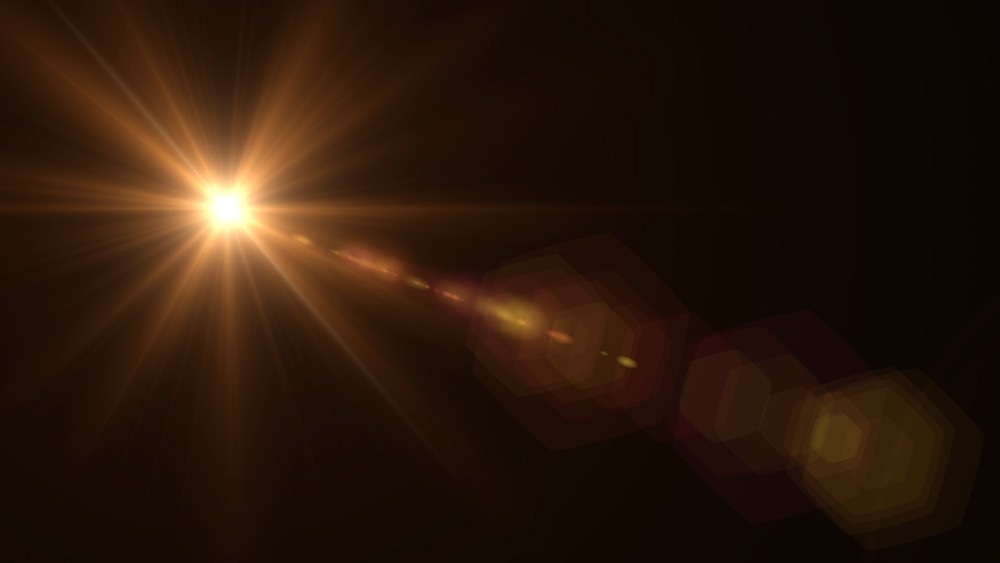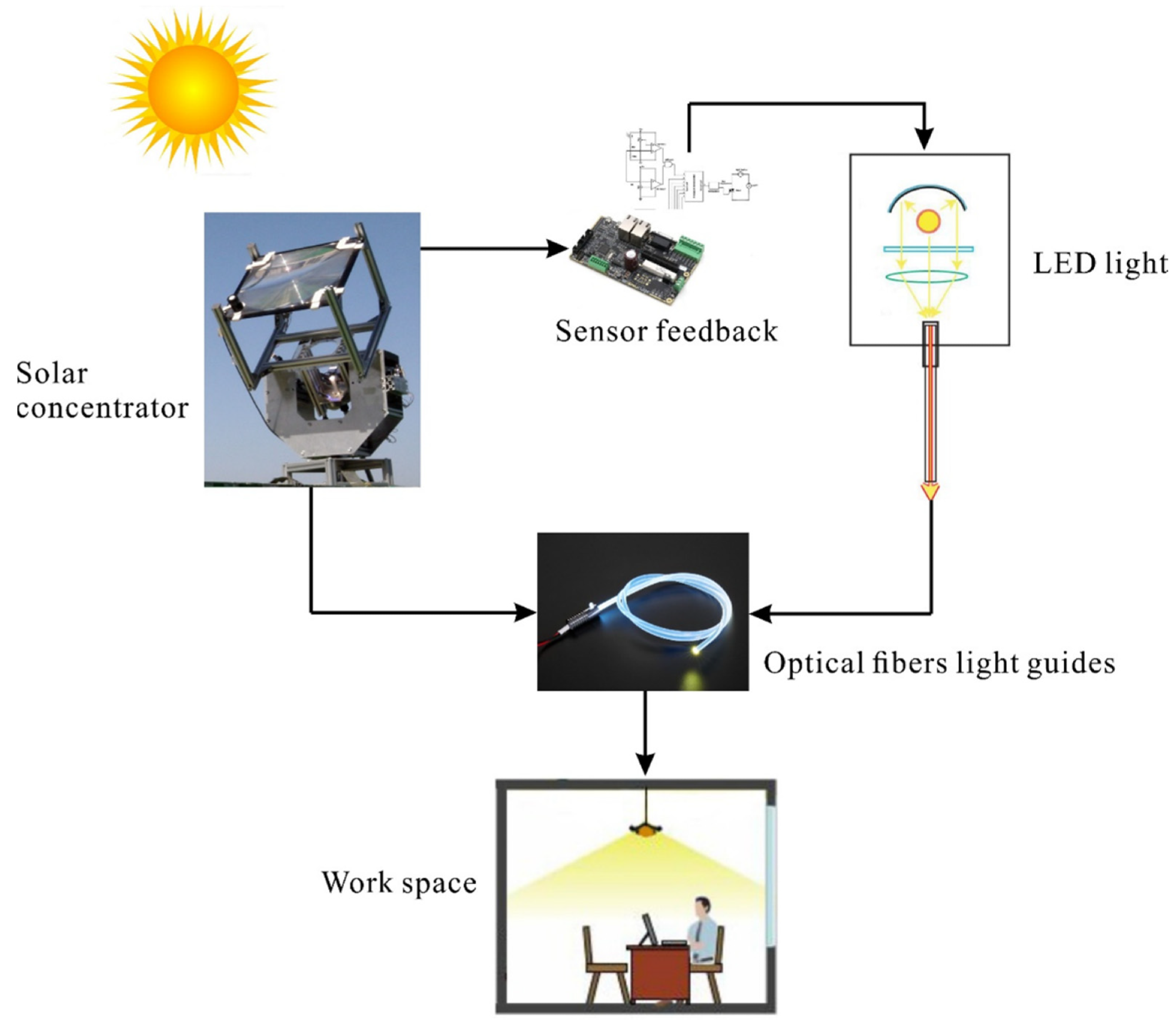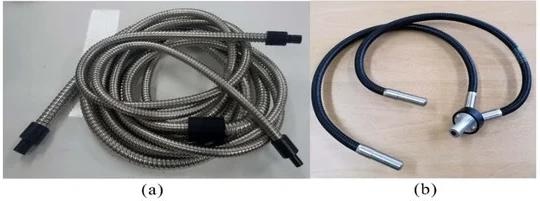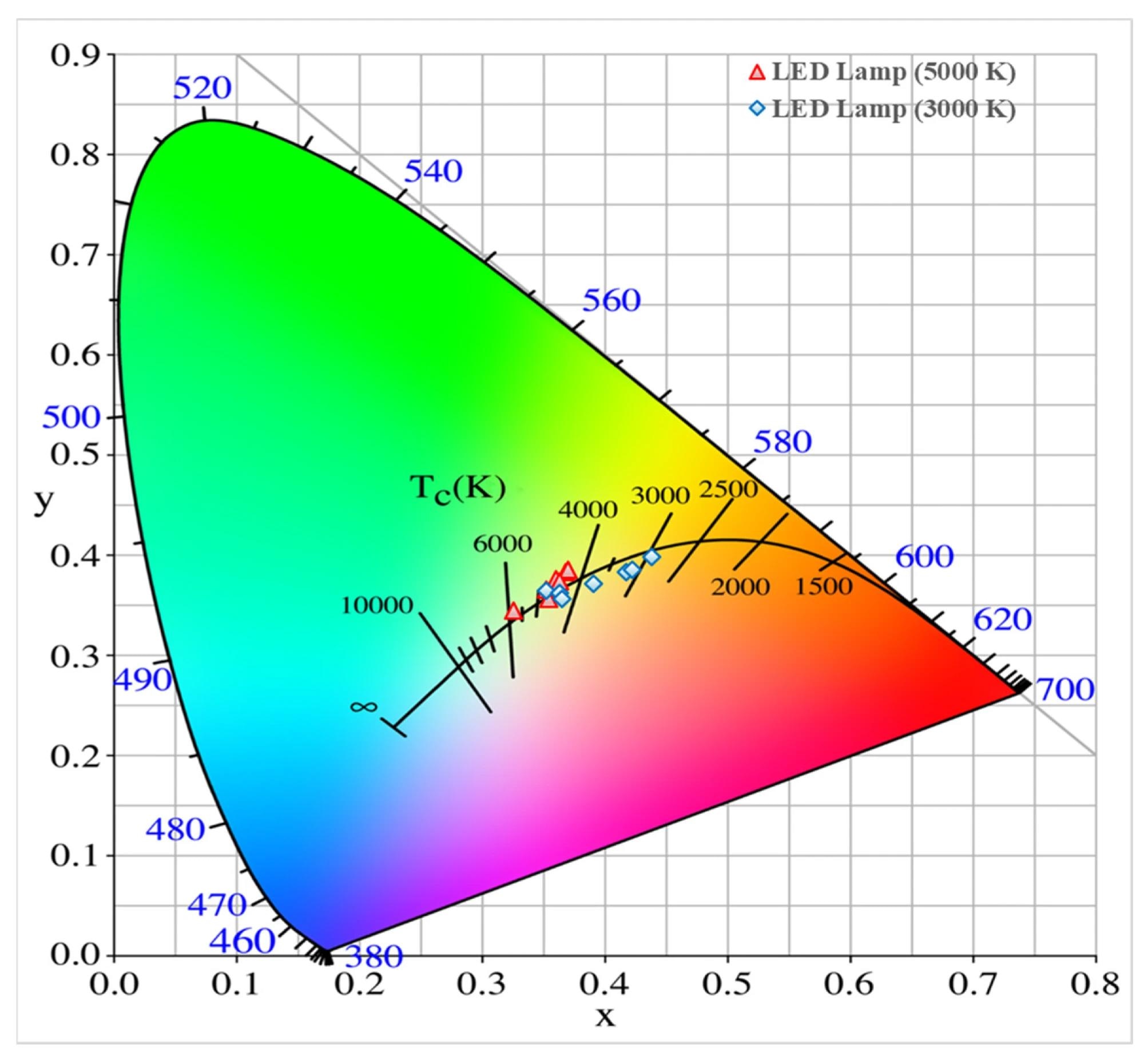A group of researchers led by Professor Seung-Jin Oh from the Sustainable Technology and Wellness R&D Group, Jeju Division, Korea Institute of Industrial Technology have developed a hybrid solar lighting method for daylighting. Details of their proposed technology is published in the journal Energies.

Study: Identifying the Photometric Characteristics and Applicability of Hybrid Solar Lighting. Image Credit: Mrs.Moon/Shutterstock.com
To reduce the need for electric lighting and save energy, daylighting is the controlled use of natural light, direct sunlight, and diffused skylight in a building. In addition to lowering energy costs by up to one-third, daylighting helps create a visually engaging and productive environment for building occupants by establishing a direct connection to the dynamic and constantly changing patterns of external illumination.

Figure 1. Schematics of the hybrid lighting system.
Daylighting has been linked to elevated performance, increased morale, decreased weariness, and decreased eyestrain. Numerous studies demonstrate that the quality of the light impacts how well employees perform and how productively they operate in commercial, industrial, and other settings.
Methods of Daylighting
The study of active daylighting with solar concentrators has drawn much attention recently. A daylighting system based on Fresnel lenses that aimed to provide consistent illumination has been tested. The design uses binary optical elements and a homogenizer as a secondary optical component to improve the output light's uniformity.
Another method to illuminate an office space used a two-axis Fresnel lens-based solar tracker. This daylighting system maintained a constant level of illumination by following the sun throughout the day. Several alterations have also been implemented to monitor sunlight in cloudy conditions.
Experimental daylighting methods developed so far do not account for brightness and color temperature. Brightness and color temperature of daylighting systems is not constant since the light produced is greatly influenced by solar and sky conditions.
Professor Seung-Jin Oh’s team has developed a solution to maintain a constant amount of illumination all day long. Since the early and late parts of the day may not have enough sunlight, the proposed system is supplemented by adding more light by connecting an LED light source to the solar tracker.

Figure 2. Optical fiber light guides used in the experiment, (a) a glass type light guide; (b) a polymer type light guide.
The quality and amount of daylighting in a building's interior are influenced by the photometric properties of daylighting systems. Additionally, by using efficient control systems, knowledge of the precise photometric characteristics of daylighting systems results in energy savings from artificial lighting. The photometric properties of a hybrid solar lighting system, which combines artificial light with sunshine, have not yet been the subject of many investigations. To evaluate the photometric properties of the suggested hybrid solar lighting system, a series of measurements and ray-tracing simulations were performed in this work.
Experimental Details
The suggested lighting system comprises four main parts: a light source, fiber optic light guides, feedback and lighting management, and solar trackers.
A two-axis solar tracking device was used to accurately track the sun, and aFresnel lens was installed atop a two-axis solar tracker and a means of collecting sun rays was implemented.
Several techniques can be used to combine light that is emitted from numerous sources. A light mixing device, whose design and construction can vary depending on the materials used and operational requirements, can effectively mix light within optical fibers. In optical fiber systems, many fiber coupler types can be employed to split or combine light beams as necessary. Simple fusion splicing of fibers can be utilized to create a device with multiple output ports, which can then be used to combine light from various sources.
Inside the light coupler, sunlight and artificial light are blended at a certain mixing ratio that is calculated by comparing the measured outdoor illumination to the standard curve (SC). Under a clear sky, a series of measurements were made to develop the SC.
Illuminators that can be quickly connected to a fiber optic lighting system were employed in this investigation. A 5000 K color-temperature LED fiber optic illuminator and a halogen lamp fiber optic illuminator were the two light sources employed in the experiment. The capacity of an illuminator to maintain a consistent quality of light is a deciding factor in its selection.

Figure 3. Color temperature of the experimental points plotted on a CIE chart.
Simulations
A ray-tracing simulation was run using commercial software to precisely forecast the nature of light after blending two different sources, namely sunshine and LED light.
Simulation results showed that when using warm white LED light, the blended light's color temperature remains almost constant. Furthermore, warm LED light was shown to drop in color temperature as the LED light's intensity rises. Experiments were used to verify the two scenarios of hybrid light that were predicted using a ray-tracing simulation.
A variety of measurements were made to examine the proposed daylighting system's viability from the standpoint of consistent lighting when used under clear sky conditions. At Jeju National University in South Korea, a test cell measuring 3 meters by 1.5 meters by 1.5 meters was installed on its rooftop.
The experiment was run over several days in a row. This allowed the standard curves to be recalibrated in accordance with measurements taken between 9:00 am and 5:00 pm. The continued calibrations increased the precision of lighting control the following day.
Light was added to the system on the second day of the experiment to offer constant lighting, particularly in the morning and evening.
Results
In this experiment, The ability of a hybrid daylighting system to supply the intended space with a steady quantity of light was investigated. A particular focus was placed on the type of light and the system's capacity to maintain a steady color temperature during all of its
operating hours. Even when considerable changes are made to either of the input lights, using an electric light with a color temperature similar to sunshine will allow you to maintain the output's color temperature. In a test cell setting, the system's efficacy was investigated for several scenarios. The method worked well to maintain a constant illumination of 1200 lx and a steady color temperature throughout the day when there was enough sunlight.
References
Han, Hyun-Joo, Muhammad Uzair Mehmood, Jin-Chul Park, Joo-Won Lee, Sang-Hoon Lim, and Seung-Jin Oh. (2022). "Identifying the Photometric Characteristics and Applicability of Hybrid Solar Lighting" Energies, 15(22) p. 8356. https://doi.org/10.3390/en15228356
Disclaimer: The views expressed here are those of the author expressed in their private capacity and do not necessarily represent the views of AZoM.com Limited T/A AZoNetwork the owner and operator of this website. This disclaimer forms part of the Terms and conditions of use of this website.